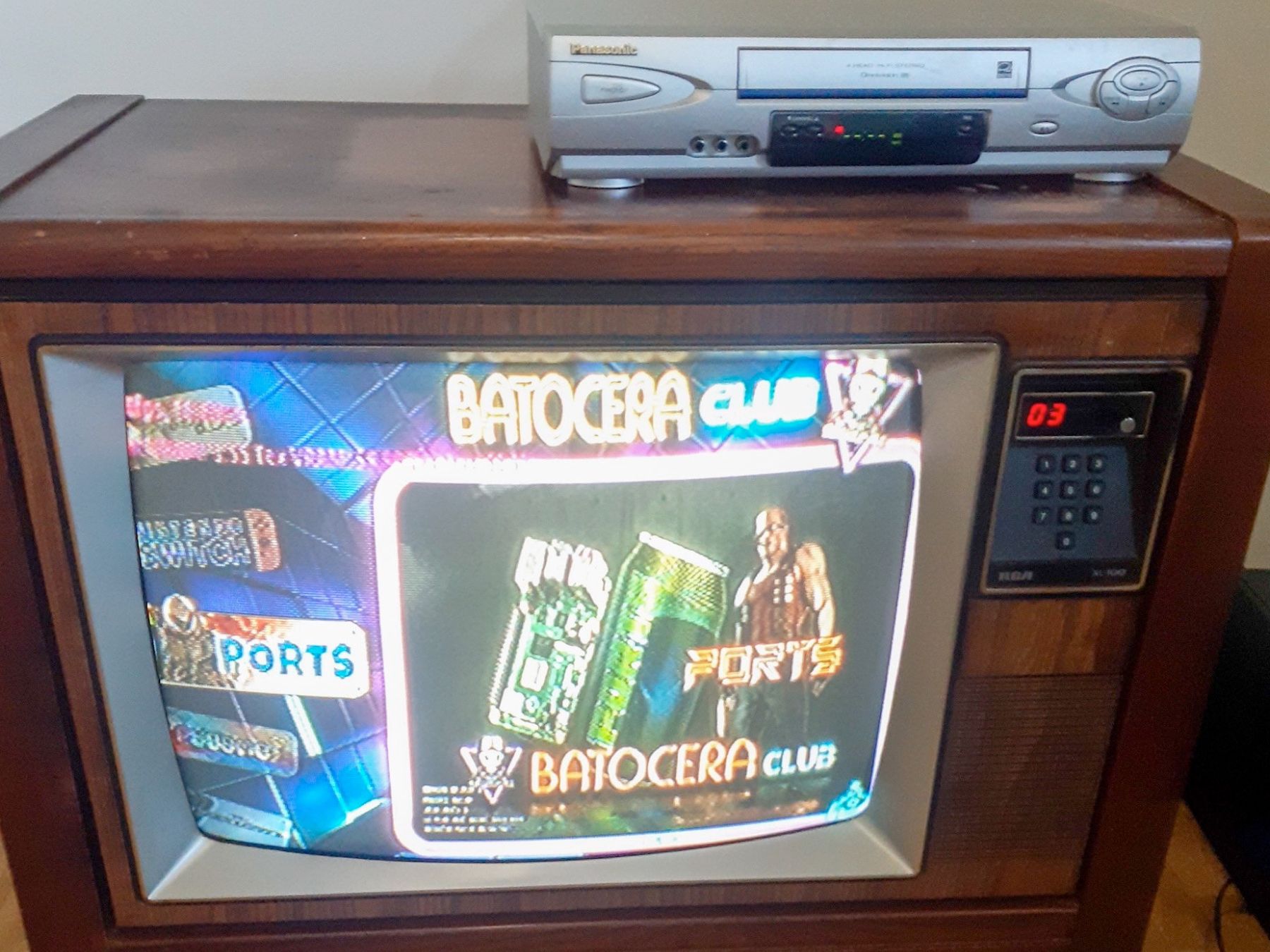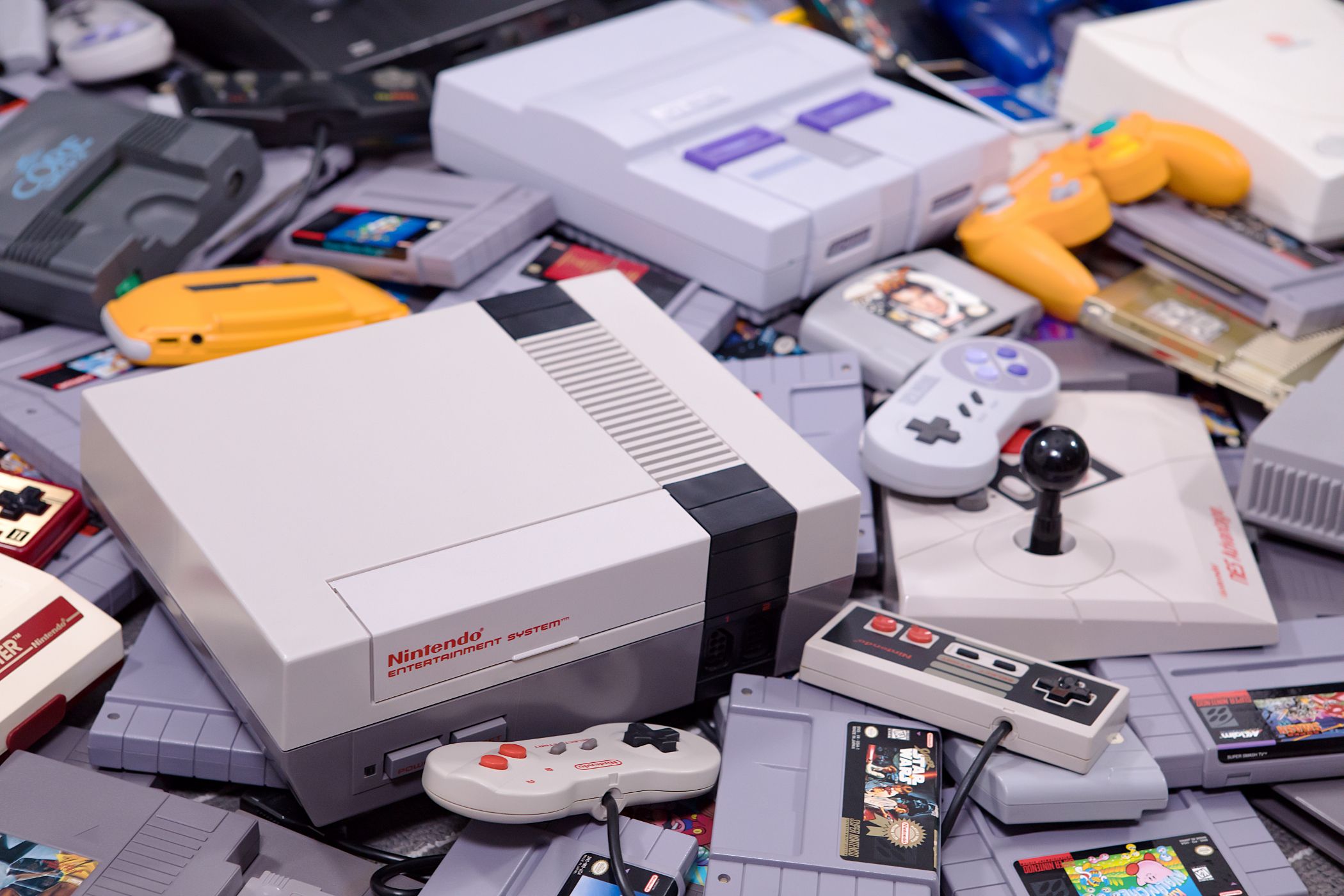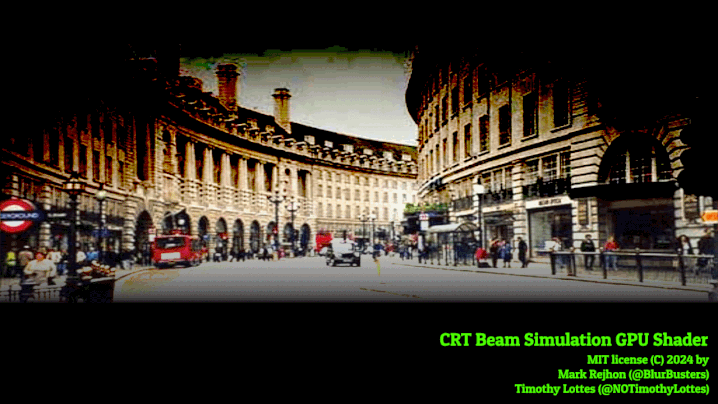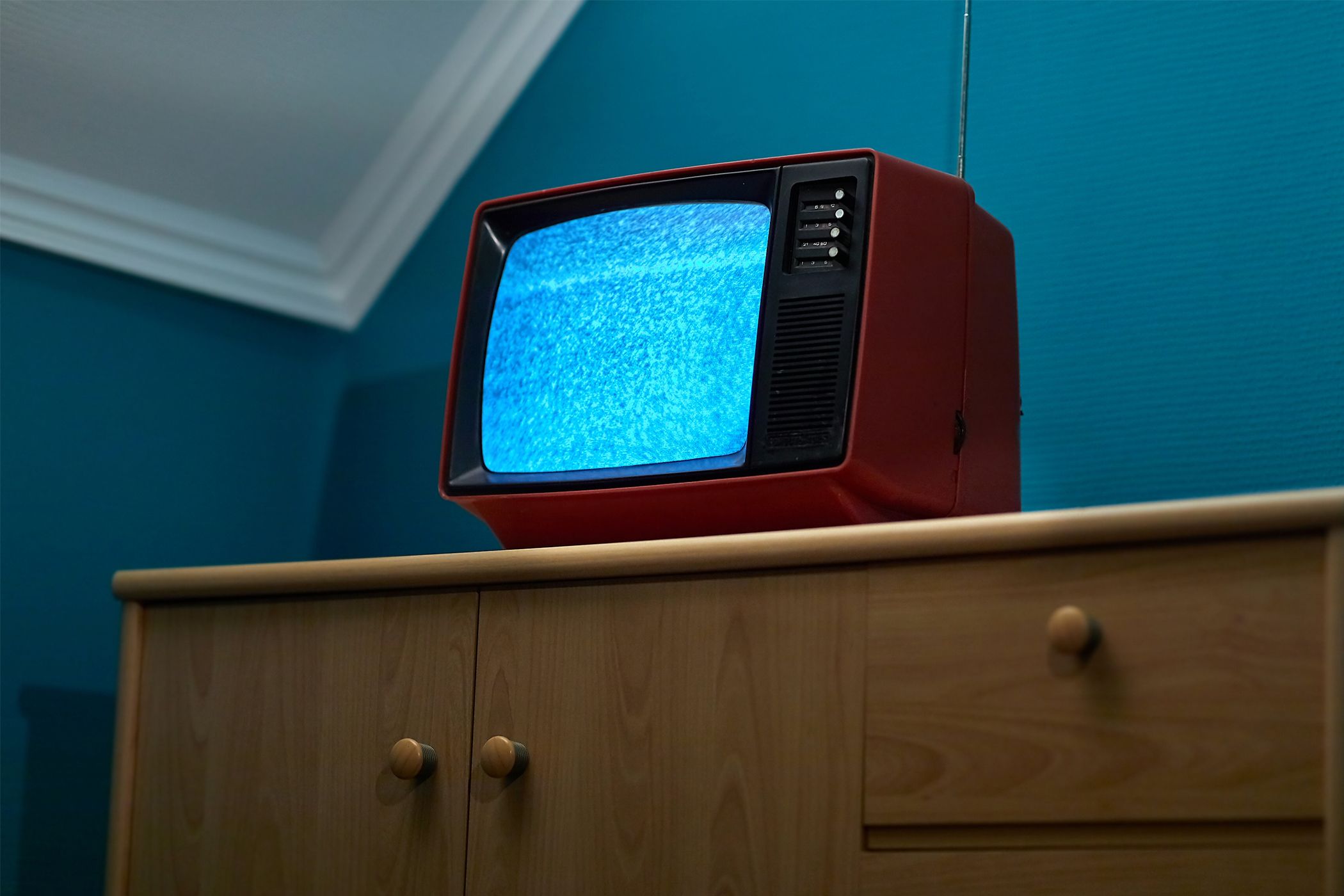Tube TVs have been heading for complete extinction for an while now, and retro gaming and computing enthusiasts have been hoarding and repairing their units as best they can. However, thanks to a new algorithm that simulates how a CRT produces an image, there may be a sustainable alternative on the horizon.
The End of CRT Screens Is Drawing Near
For all intents and purposes, the production of new CRT TVs and computer monitors has stopped. There may be a few small specialist makers who make CRTs for legacy industrial equipment, but consumer displays using this technology is limited to old unopened stock, or used units. CRTs wear out like any other device, and getting the parts and expertise to keep them going will be harder and harder as time goes by.
So, it’s reasonable to think that at some point everyone who still wants one won’t be able to get one, and ultimately there will be no working CRTs left.
Why Does Anyone Care?
In case you don’t know, CRTs are a lot better at a whole list of things than almost all current flat-screen technologies. They offer superb motion clarity, perfect black levels, and more vibrant colors in many cases. We had to accept a big downgrade in visuals with early flat-screen displays in exchange for larger panel sizes, much less space and weight, and higher resolutions.
With the advent of advanced OLED displays, and LCDs with ultra-high refresh rates such as 480Hz, it’s finally becoming possible to get back to that crisp CRT motion clarity, but even then it’s not quite the same. Especially for the huge library of content designed for CRTs, particularly retro video games.
The CRT Simulator Is Coming
The folks over at Blur Busters have come up with an advanced GPU-powered “shader” that simulates a CRT’s beam. Or, at least, it simulates the end result of a CRT beam on a flatscreen display.
You need at least a 120Hz LCD (that does not have full-array local dimming) or OLED to use the shader. Using it with a 120Hz display will result in a 50% blur reduction. Using it with a 240Hz display will result in a 75% blur reduction, and using it with a 480Hz display reduces blur by up to 83%.
You might be wondering how this is better than Black Frame Insertion (BFI) where a full black frame is inserted between each normal frame. So on a 120Hz display you’ll have 60 normal frames and 60 black frames. This is a crude attempt at doing what CRTs do naturally, but it’s still not as good because there’s no rolling scanline and natural phosphor glow and decay. This is the essence of why CRTs look so good in motion, and BFI doesn’t get all the way there. So you can think of this simulation software as a more sophisticated evolution of BFI.
This CRT simulator has already been integrated into Retroarch, but as of this writing it still needs tweaking and more work from the community. However, this is an exciting feature that will bring most of what made CRTs great to flat panels, with high-refresh models quickly becoming the norm.
Best of all, game and app developers can integrate this algorithm into their games and apps. I’m looking forward to, for example, watching 30fps shows or playing 60fps games on a 120Hz TV with motion clarity closer to what CRTs offer.
Take Care of Your CRTs
What I’ve seen of the demos of this CRT simulator looks super promising (I only have one 240Hz screen in my house though) but if you have CRTs at the moment, you’ll still want to tuck them to sleep every night and make sure they aren’t too stressed out.
At some point, I’m confident flat panels will finally exceed what CRTs can do completely and definitively, but that day is not today. That said, I’d rather watch most of my content on my modern OLED TV than a CRT, but anything that makes my current TV look better than it already does is a huge win in my book.







